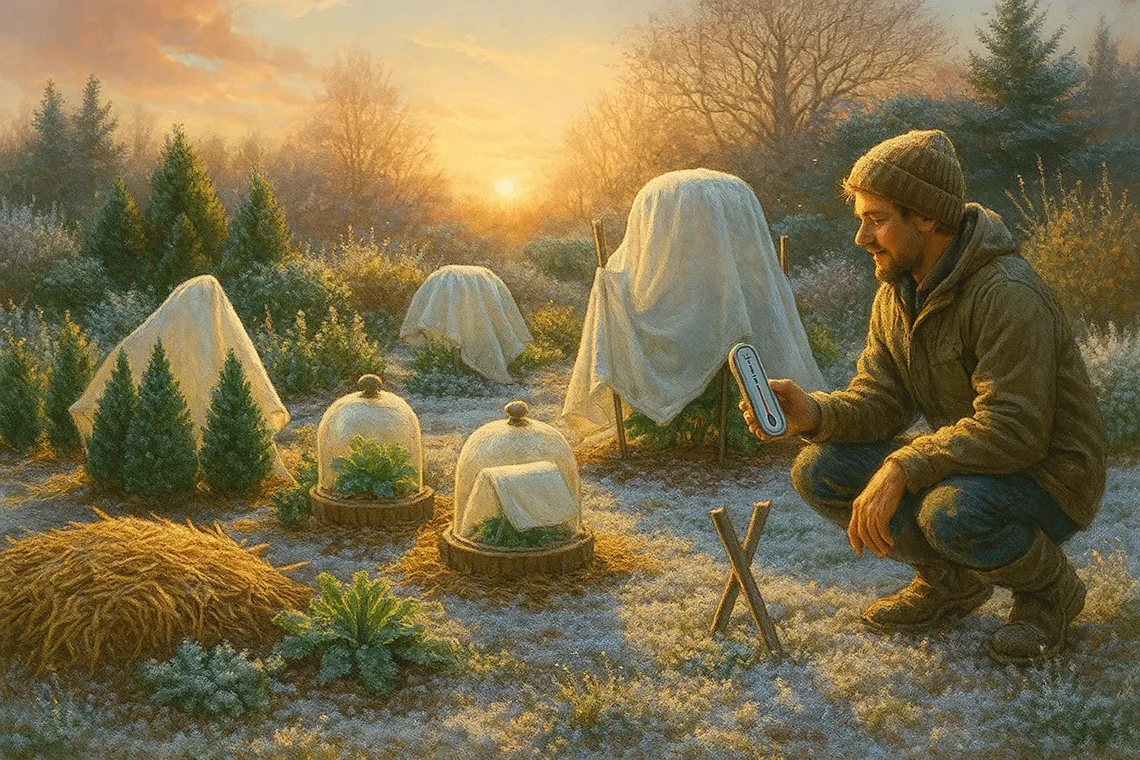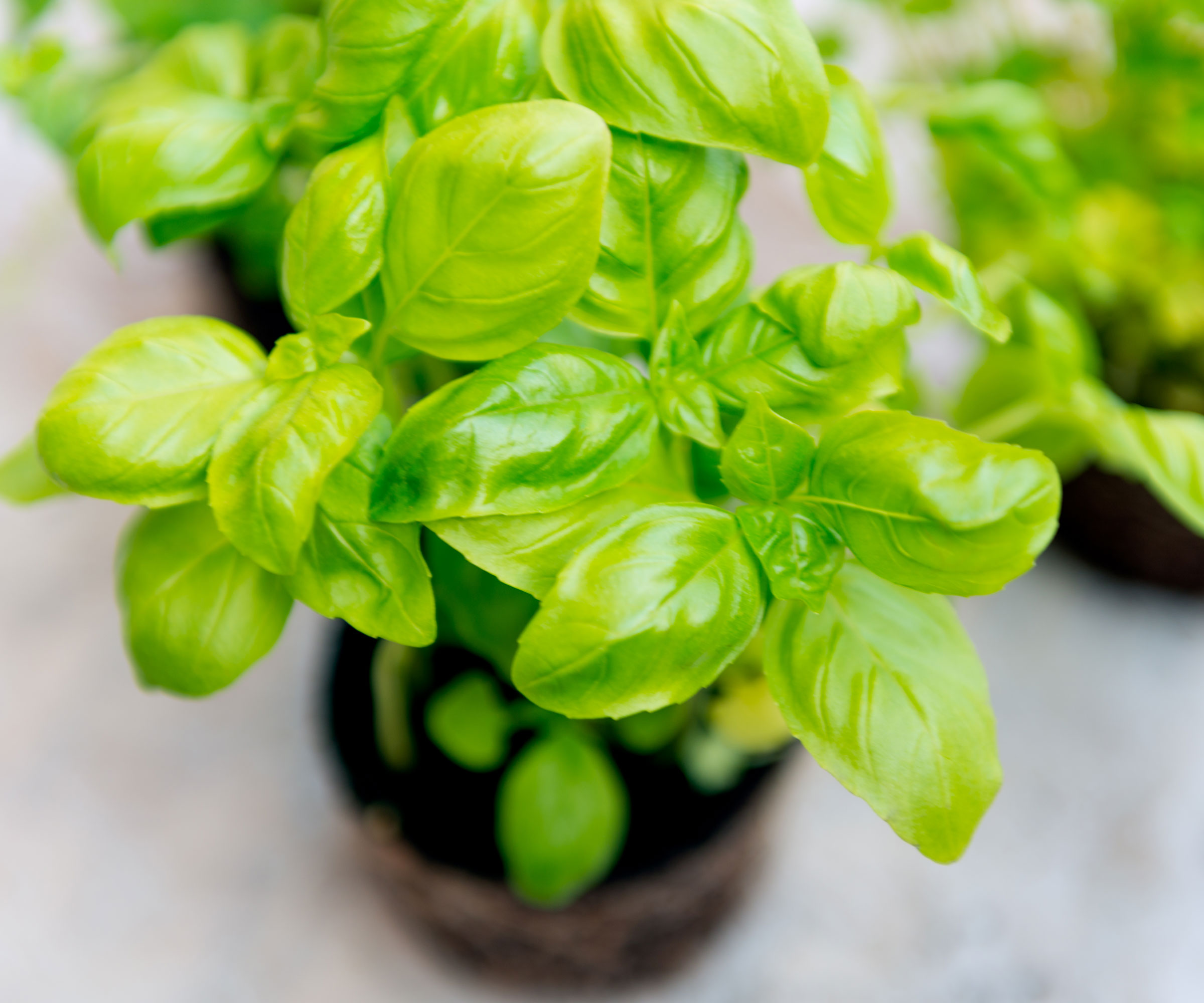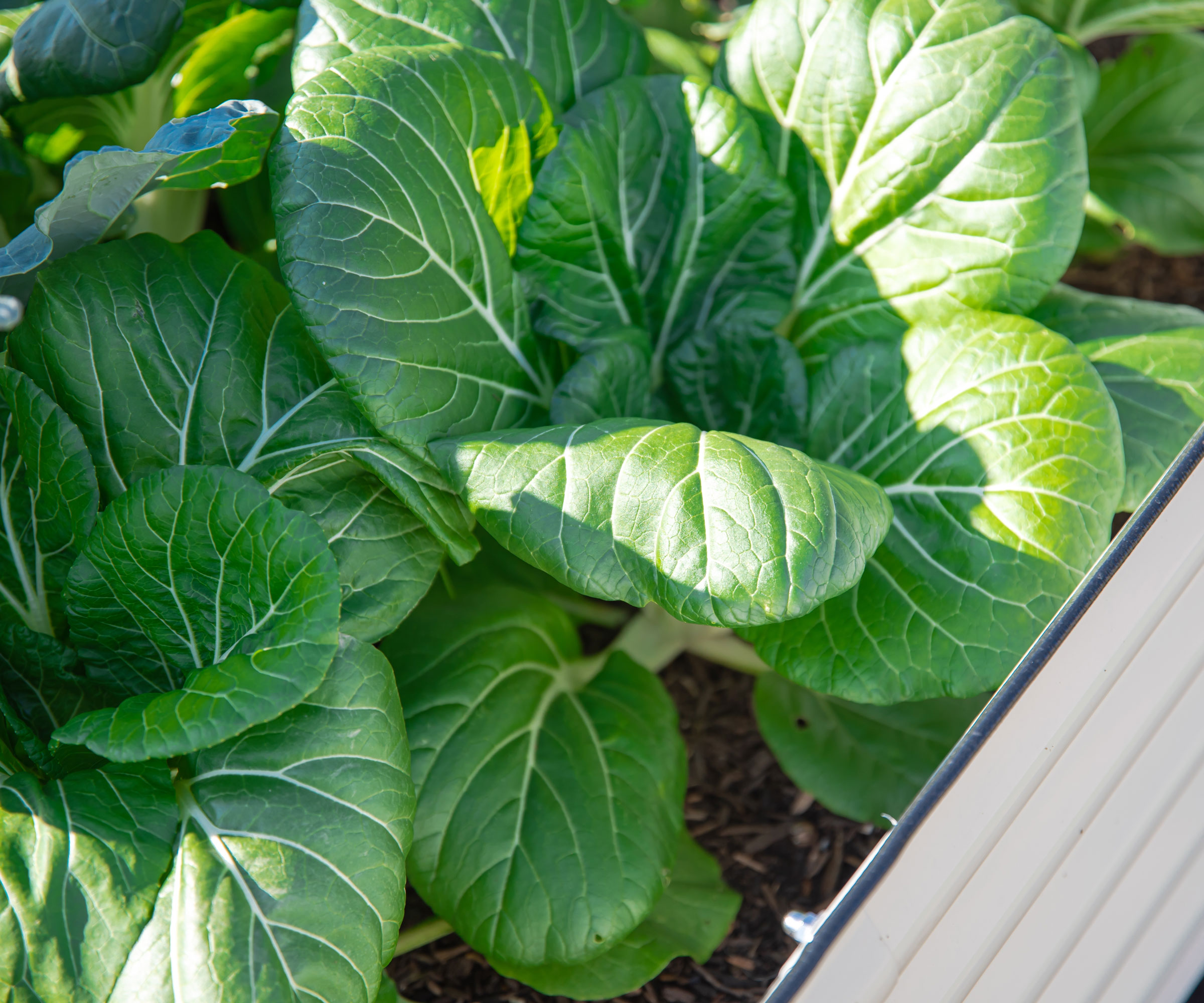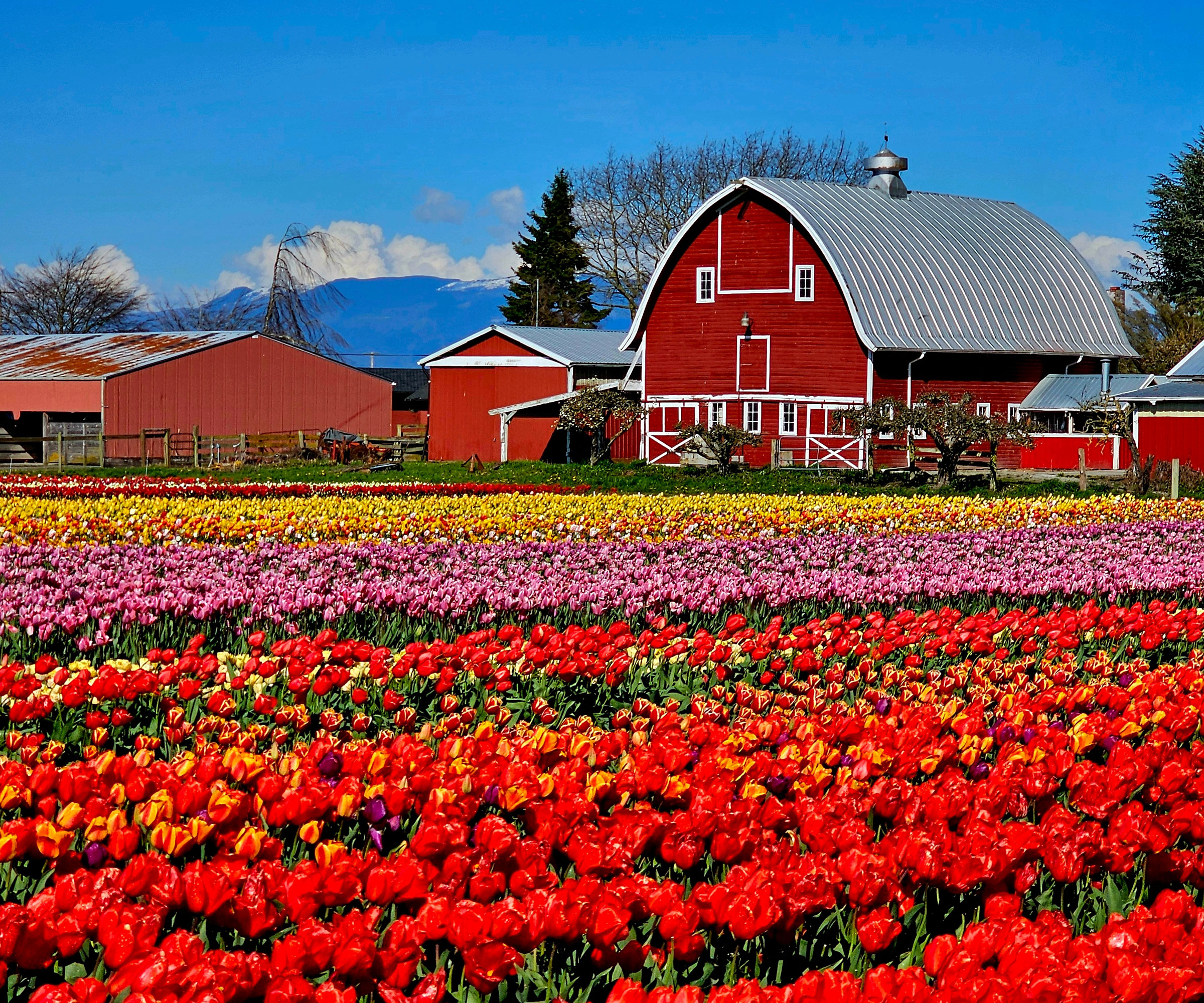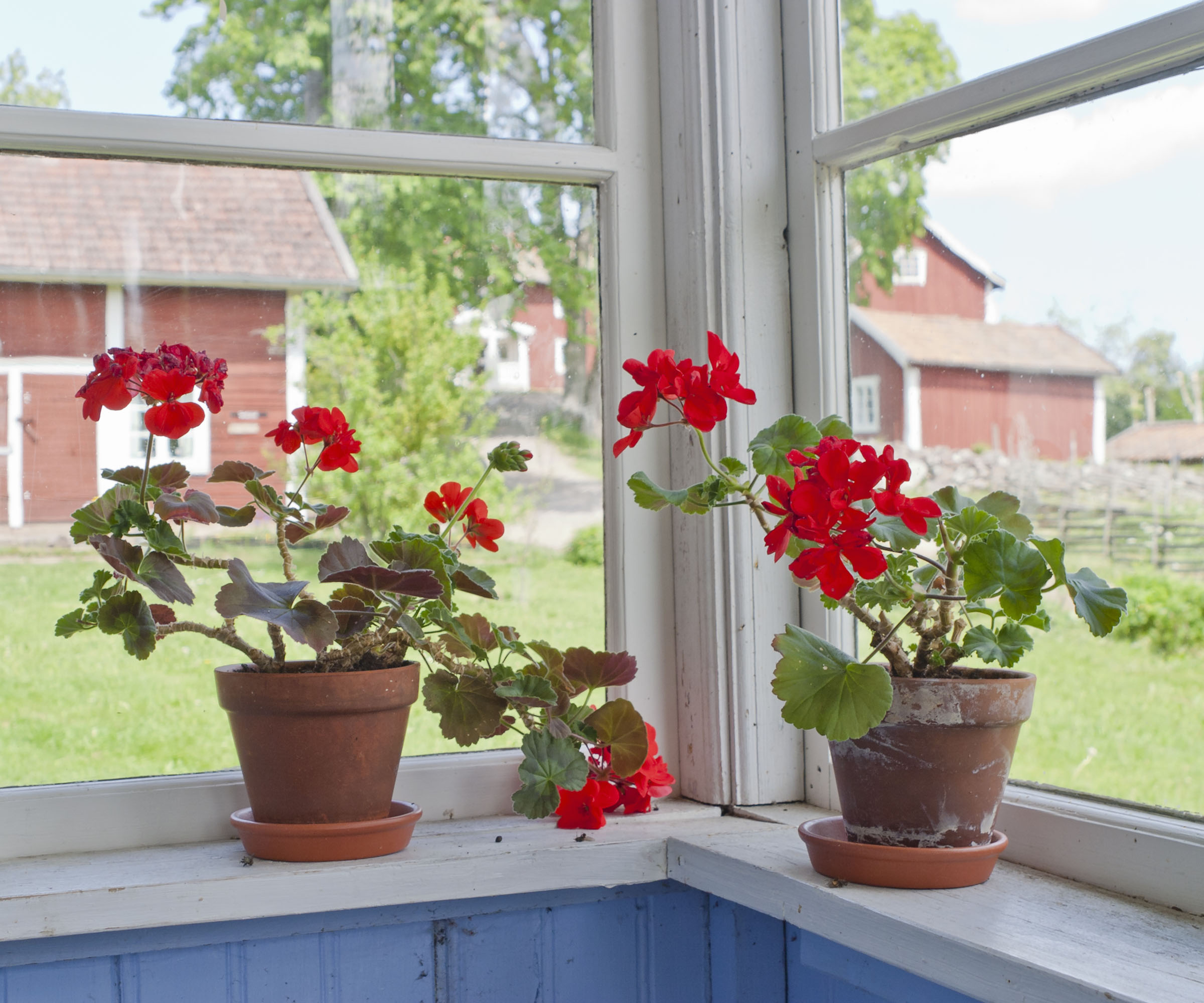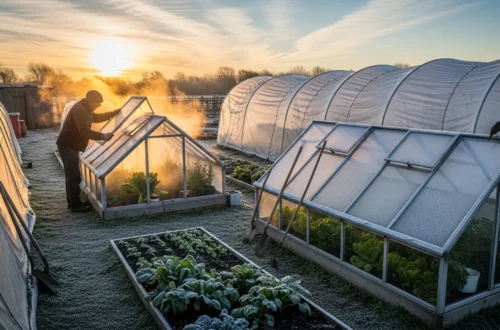Table of Contents
Table of Contents
Introduction: Why Frost Protection for Plants Matters
Every gardener knows the heartbreak of waking up to find once-thriving plants wilted, blackened, or stunted after a cold night. Frost is one of the most common and damaging threats to gardens, particularly in transitional seasons such as early spring and late autumn. The good news? With the right strategy, you can prevent frost damage and extend your growing season.
This guide will walk you through everything you need to know about frost protection for plants—from understanding which plants are most vulnerable, to choosing the best frost covers, to following a simple DIY frost protection checklist. By the end, you’ll have a clear, actionable plan to safeguard your garden no matter how low the temperature drops.
Many gardeners underestimate how quickly a single cold snap can undo months of effort. The truth is, frost protection for plants isn’t just about saving leaves—it’s about preserving the energy and resilience of the entire plant system. A tomato plant that survives frost with the right cover will not only keep producing fruit but will also bounce back faster than one that suffers repeated stress.
Another notable twist is that frost doesn’t always strike when you expect it. Even in regions with mild winters, sudden microclimates—like low-lying areas in your yard—can create “frost pockets.” Understanding these hidden risks makes frost protection for plants less of a seasonal chore and more of a year-round strategy.
👉 For more seasonal planning, explore our guide on container cover crops for small spaces
to keep your soil healthy year-round.
Plant Frost Protection Tips – Understanding Risk
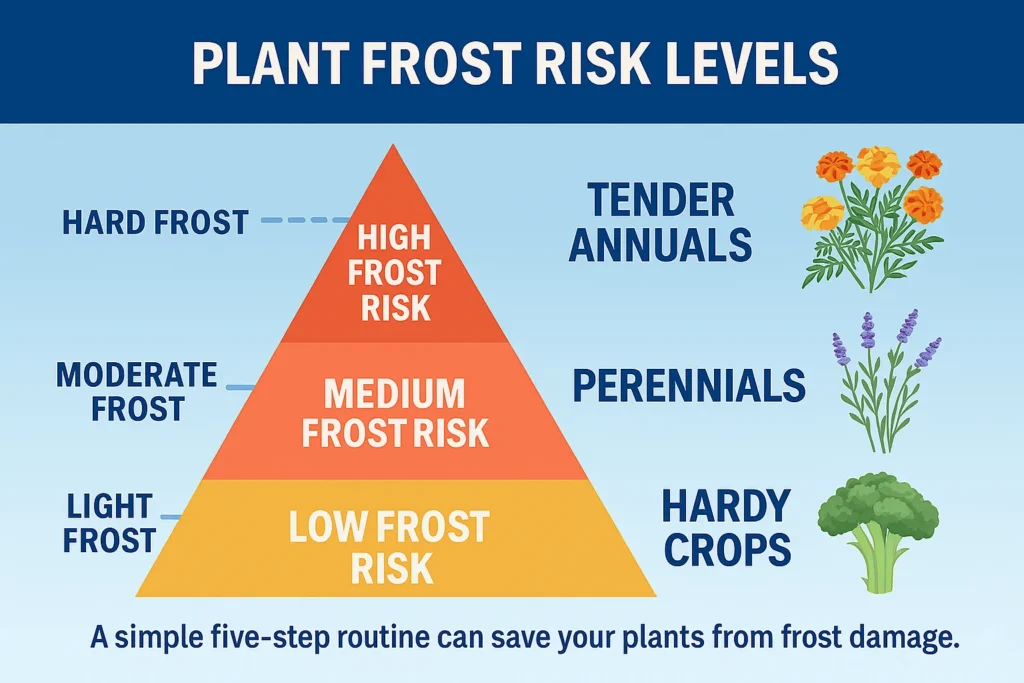
What Is Frost and How Does It Harm Plants?
Frost occurs when temperatures dip to 0°C (32°F) or below, causing water vapor in the air to freeze on plant surfaces. The real danger, however, happens inside the plant. Ice crystals form within plant cells, puncturing delicate tissues and disrupting water flow. The result is visible damage: blackened leaves, wilted stems, and in severe cases, plant death.
Which Plants Are Most at Risk?
Not all plants respond to frost in the same way. Some are naturally hardy, while others collapse at the first sign of cold.
Experienced gardeners often keep a mental “frost map” of their garden, noting which corners are most exposed to wind or where cold air tends to settle. This awareness allows them to prioritize frost protection for the most vulnerable plants, rather than wasting time covering everything.
Here’s the twist: sometimes plants that appear hardy can still suffer if they’ve been pampered with too much fertilizer or water late in the season. Tender new growth is especially frost-sensitive, so timing your feeding and pruning is just as important as choosing the right cover.
- High Risk (Tender Annuals): Tomatoes, peppers, basil, cucumbers.
👉 If you’re growing tomatoes, don’t miss our October guide to turning fallen leaves into leaf mold compost to enrich the soil and boost resilience.
- Medium Risk (Perennials with new growth): Roses, hydrangeas, fruit trees in bloom.
- Low Risk (Hardy shrubs and root crops): Kale, carrots, cabbage, evergreens.
Frost Cloth Temperature Guide – When to Cover Plants
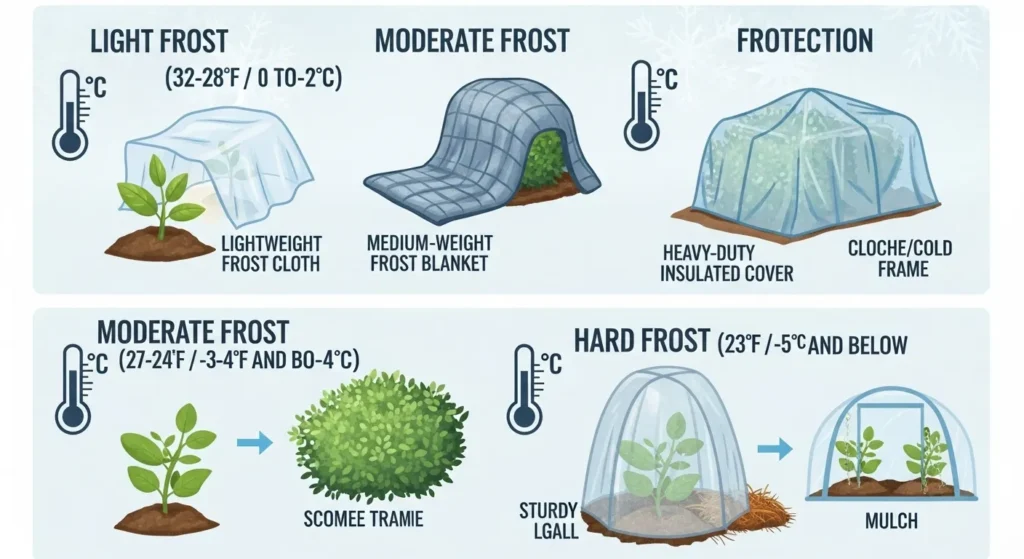
Temperature thresholds are the most reliable way to decide when to cover your plants. Here’s how to match the right cover to the right conditions.
Light Frost (0°C to -2°C / 32–28°F)
- Best frost covers: Lightweight row covers, old sheets, frost cloth.
- Best for: Leafy greens, herbs, hardy flowers.
- Tip: Even a thin layer can prevent frost crystals from forming directly on leaves.
👉 Pair this with our low-maintenance indoor gardening hacks to keep your plants thriving both inside and outside.
Moderate Frost (-2°C to -4°C / 28–25°F)
- Best frost covers: Thicker frost blankets, double-layer fabric, plastic tunnels.
- Best for: Tomatoes, peppers, cucumbers.
- Tip: Secure covers tightly to the ground to trap soil warmth.
Hard Frost (Below -4°C / 25°F)
- Best frost covers: Insulated blankets, cloches, straw mulch, mini greenhouses.
- Best for: Citrus, tropical ornamentals, tender perennials.
- Tip: Combine covers with soil watering for maximum heat retention.
What surprises many gardeners is how much difference just a few degrees can make. A well-placed frost cloth can raise the temperature around your plants by 2–5°C, which is often the margin between survival and damage. That’s why frost protection for plants is less about perfection and more about stacking small advantages.
Another curiosity: frost doesn’t always occur on the coldest nights. Clear skies and still air create the perfect conditions for radiational cooling, meaning frost can form even when the forecast doesn’t predict extreme lows. This is why seasoned gardeners rely on both thermometers and observation, not just weather apps.
Best Frost Covers for Plants – Pros and Cons
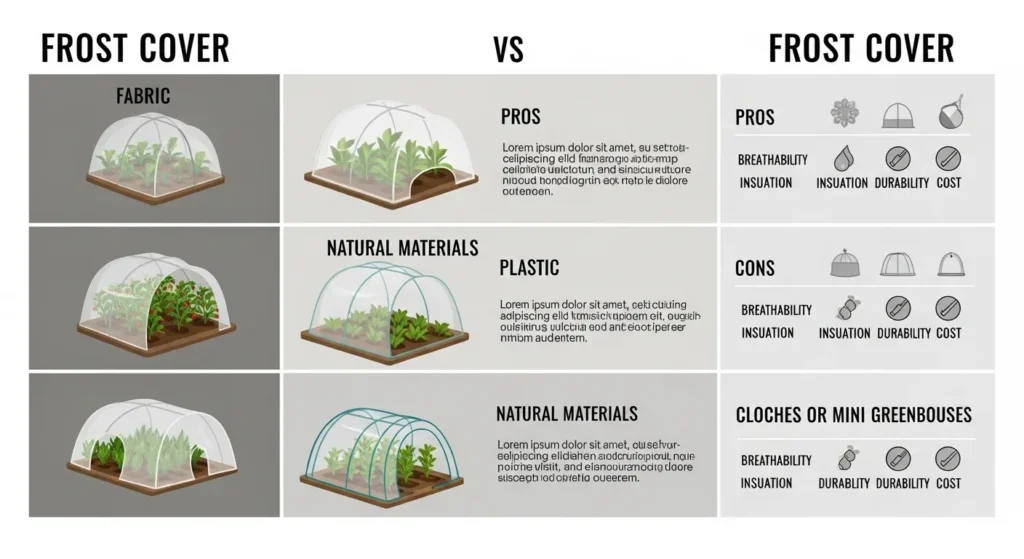
Choosing the right material is crucial. Each option has strengths and weaknesses depending on your garden setup.
Fabric Covers (Frost Cloth, Sheets, Burlap)
- Pros: Breathable, reusable, affordable.
- Cons: Limited insulation in severe frost.
👉 For more design inspiration, see how rain chains combine beauty and function in sustainable gardening.
- Secondary keyword: frost blanket for plants
Plastic Covers (Greenhouse Plastic, Plastic Tunnels)
- Pros: Excellent heat retention, durable.
- Cons: Must avoid direct leaf contact, risk of overheating in the sun.
Natural Materials (Straw, Mulch, Leaves)
- Pros: Cheap, biodegradable, adds soil nutrients.
- Cons: Less effective for sudden or severe frost.
Cloches and Mini Greenhouses
- Pros: Great for seedlings and individual plants.
- Cons: Limited coverage area, higher cost.
One of the most overlooked aspects of frost protection for plants is durability. While an old bedsheet might work in a pinch, investing in purpose-made frost cloth pays off in the long run. These fabrics are designed to balance insulation with breathability, preventing both frost burn and overheating.
A twist here is that sometimes the “best” frost cover isn’t the most expensive one—it’s the one you’ll actually use consistently. A gardener who keeps lightweight covers handy and deploys them quickly will often outperform someone who owns heavy-duty gear but forgets to set it up in time.
DIY Frost Protection – Step-by-Step Checklist
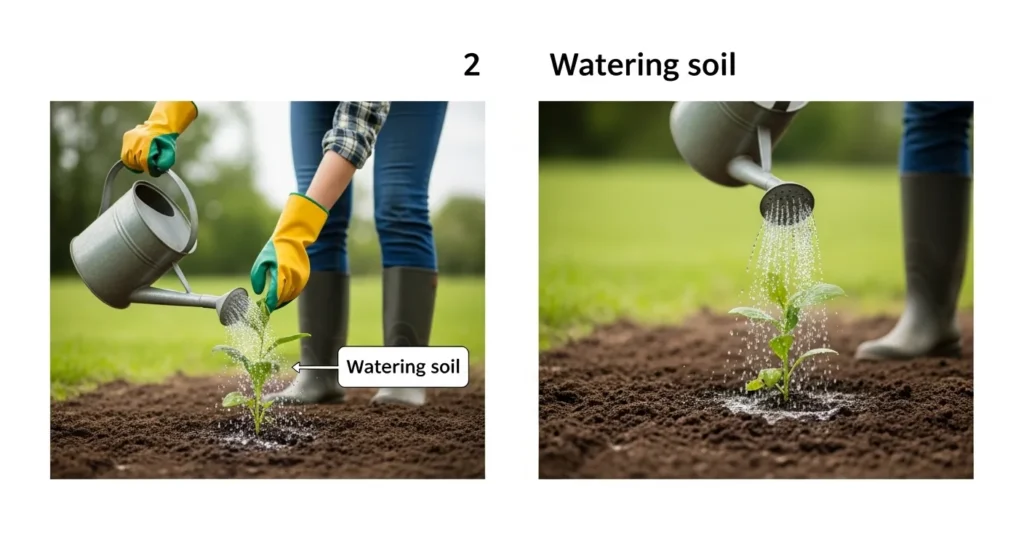
Even without specialized equipment, you can protect your plants with simple household items.
- Check the forecast – Look for frost warnings and note expected lows.
- Water the soil – Moist soil retains heat better than dry soil.
- Choose your cover – Match cover type to forecasted temperature.
- Secure the cover – Anchor fabric to the ground with rocks, stakes, or soil.
- Remove in the morning – Prevent overheating and allow sunlight in.
The beauty of DIY frost protection for plants is that it encourages creativity. Gardeners have repurposed everything from cardboard boxes to inverted laundry baskets as makeshift cloches. The key is not perfection, but speed—acting before the frost settles.
Here’s a twist: sometimes the simplest trick is the most effective. Even stringing up a temporary tarp between stakes can create a “heat tent” that traps warmth radiating from the soil. These improvised methods prove that frost protection for plants doesn’t have to be expensive or complicated—it just has to be thoughtful.
👉 Similarly, our romantic garden ideas show how simple touches can transform your outdoor space.
Protect Seedlings from Frost – Special Considerations
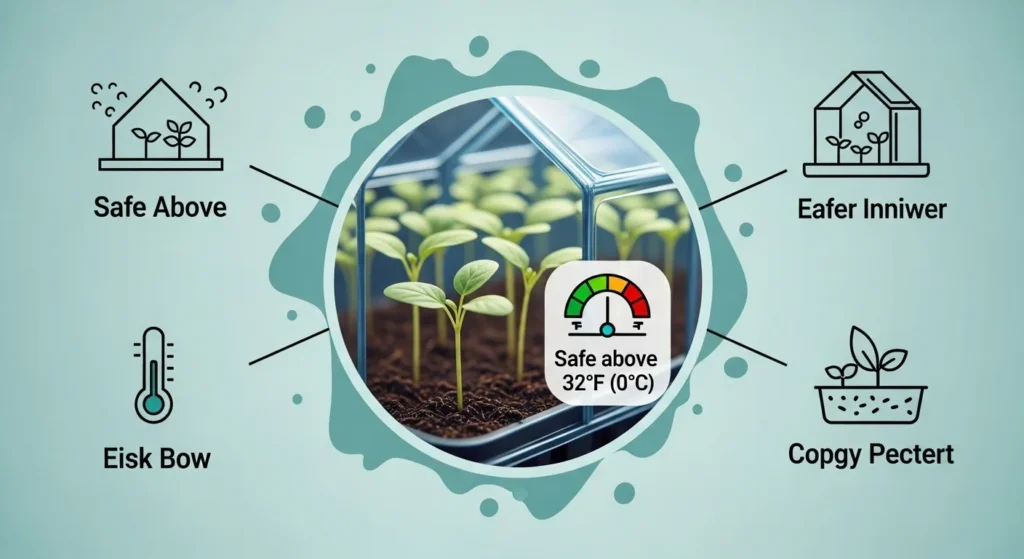
Seedlings are especially vulnerable because their roots are shallow and their stems are thin. Even a light frost can wipe out weeks of growth.
- Use cloches or plastic bottles cut in half to create mini greenhouses.
- Double-layer with frost cloth plus mulch for added insulation.
- Move potted seedlings indoors or into a cold frame when frost is forecast.
Seedlings are like infants in the gardening world—they need constant attention and extra layers of care. That’s why frost protection for plants at this stage often involves doubling up: a cloche for direct cover and mulch for root insulation. This two-pronged approach ensures both the top and bottom of the plant are shielded.
A twist worth noting is that seedlings can sometimes benefit from “controlled stress.” Brief, mild exposure to cool temperatures (above freezing) can toughen them up, a process known as hardening off. But once frost is in the forecast, there’s no room for risk—full protection is non-negotiable.
👉 For color inspiration to pair with your seedlings, explore our unique yellow flowers that brighten spring gardens.
Garden Frost Protection Methods – Combining Strategies
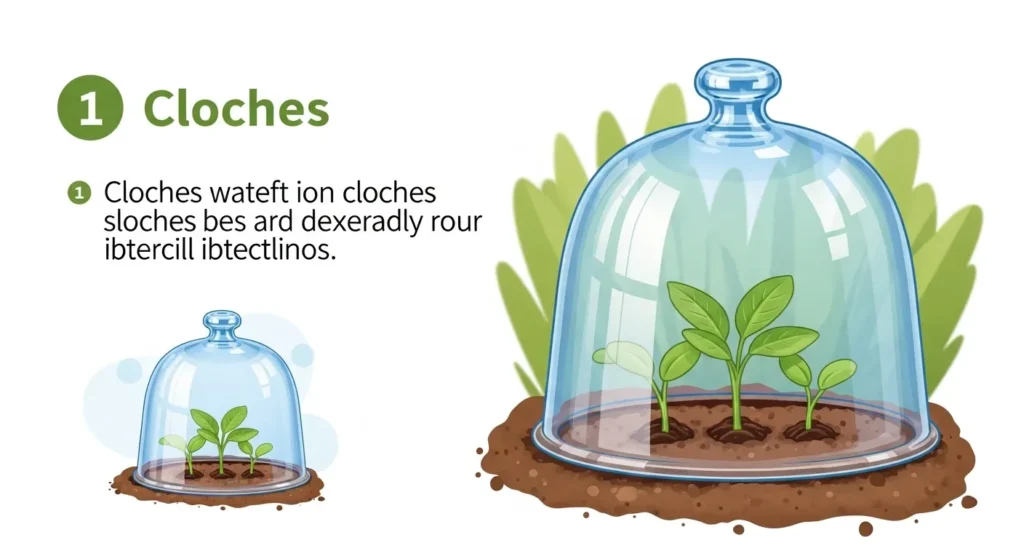
The most effective frost protection often comes from combining methods:
- Fabric + Mulch: Cover plants with frost cloth and insulate soil with straw.
- Plastic Tunnel + Watering: Trap heat while moist soil radiates warmth.
- Cloches + Row Covers: Double protection for seedlings and tender crops.
By layering strategies, you create a microclimate that can raise nighttime temperatures by several degrees—enough to keep plants safe.
Think of frost protection for plants as building a fortress. Each layer—whether it’s mulch, fabric, or plastic—adds another wall of defense. The more layers you combine, the more stable the microclimate becomes, reducing the chance of sudden temperature swings.
The twist here is that sometimes less is more. Over-insulating can trap too much moisture, leading to fungal problems. The art of frost protection for plants lies in balance: enough coverage to prevent freezing, but not so much that you suffocate the plant. This is where experience and observation truly pay off.
Conclusion: A Smart Approach to Frost Protection for Plants
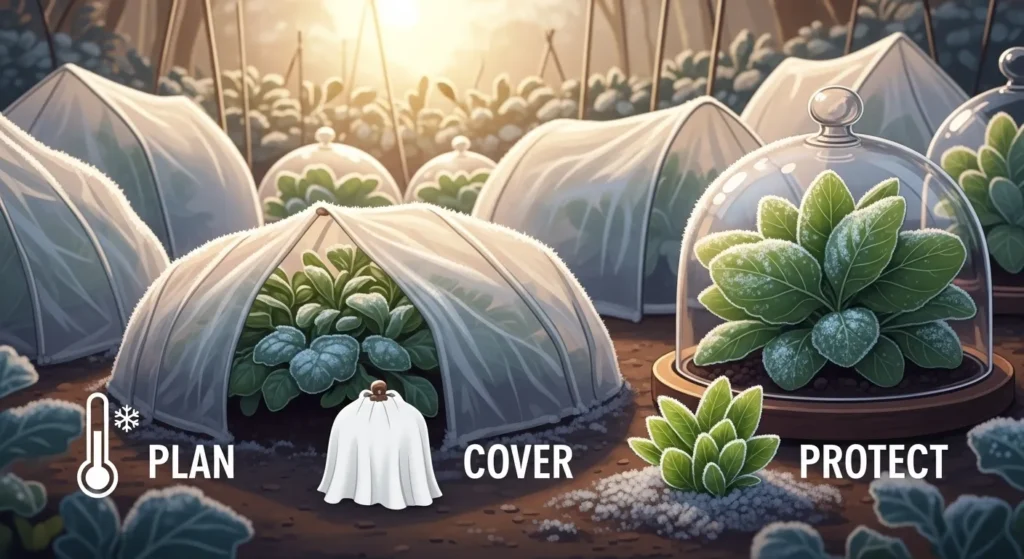
Frost doesn’t have to spell disaster for your garden. By understanding plant vulnerability, monitoring temperature thresholds, and choosing the best frost covers, you can protect your plants and extend your growing season.
Remember the three-step framework:
- Identify plant risk.
- Match cover to temperature.
- Follow the DIY frost protection checklist.
With preparation and the right tools, you’ll master frost protection for plants and enjoy a thriving garden even when the nights turn cold.
The real secret to successful gardening isn’t avoiding challenges—it’s learning how to anticipate and outsmart them. By treating frost protection for plants as part of your seasonal rhythm, you transform cold nights from a threat into an opportunity to strengthen your garden’s resilience. Each time you cover a seedling or insulate a bed, you’re not just saving plants—you’re investing in a longer harvest, healthier soil, and a more reliable yield.
Think of it this way: while many gardeners pack up their tools at the first sign of frost, you’ll be the one still harvesting herbs, leafy greens, or even late tomatoes because you understood the power of preparation. That’s the twist—frost protection for plants isn’t just about survival, it’s about gaining an edge. It’s the difference between a garden that merely endures the season and one that thrives against the odds.
👉 And if you’re following color trends, don’t miss our feature on faded petal pink—the must-have garden shade of 2026.
❓ Frequently Asked Questions – Frost Protection for Plants
Q1: Can I use plastic bags to cover plants during frost?
While it may seem convenient, plastic bags are not recommended for frost protection for plants. They trap moisture, which can freeze onto leaves and cause more damage. Instead, use breathable materials like frost cloth, burlap, or old sheets.
Q2: Should I cover plants every night in early spring?
Not necessarily. You only need to cover plants when frost is forecast. Over-covering can actually stress plants by blocking light and airflow. The key is to monitor local temperatures and apply frost protection for plants only when needed.
Q3: How do I protect seedlings from frost?
Seedlings are especially vulnerable. Use cloches, mini greenhouses, or even cut plastic bottles to create protective domes. For added insulation, combine a frost cloth with mulch. This layered approach ensures effective frost protection for plants at their most delicate stage.
Q4: Do potted plants need extra frost protection?
Yes. Potted plants are more exposed because their roots are above ground. Wrap pots with burlap or bubble wrap, move them against a wall for added warmth, or bring them indoors when frost is expected.
Q5: What’s the difference between a frost cloth and a frost blanket?
Both are fabric covers designed for frost protection for plants, but frost blankets are usually thicker and provide more insulation. Frost cloths are lighter, breathable, and better for mild frosts or when you need to cover large areas.

